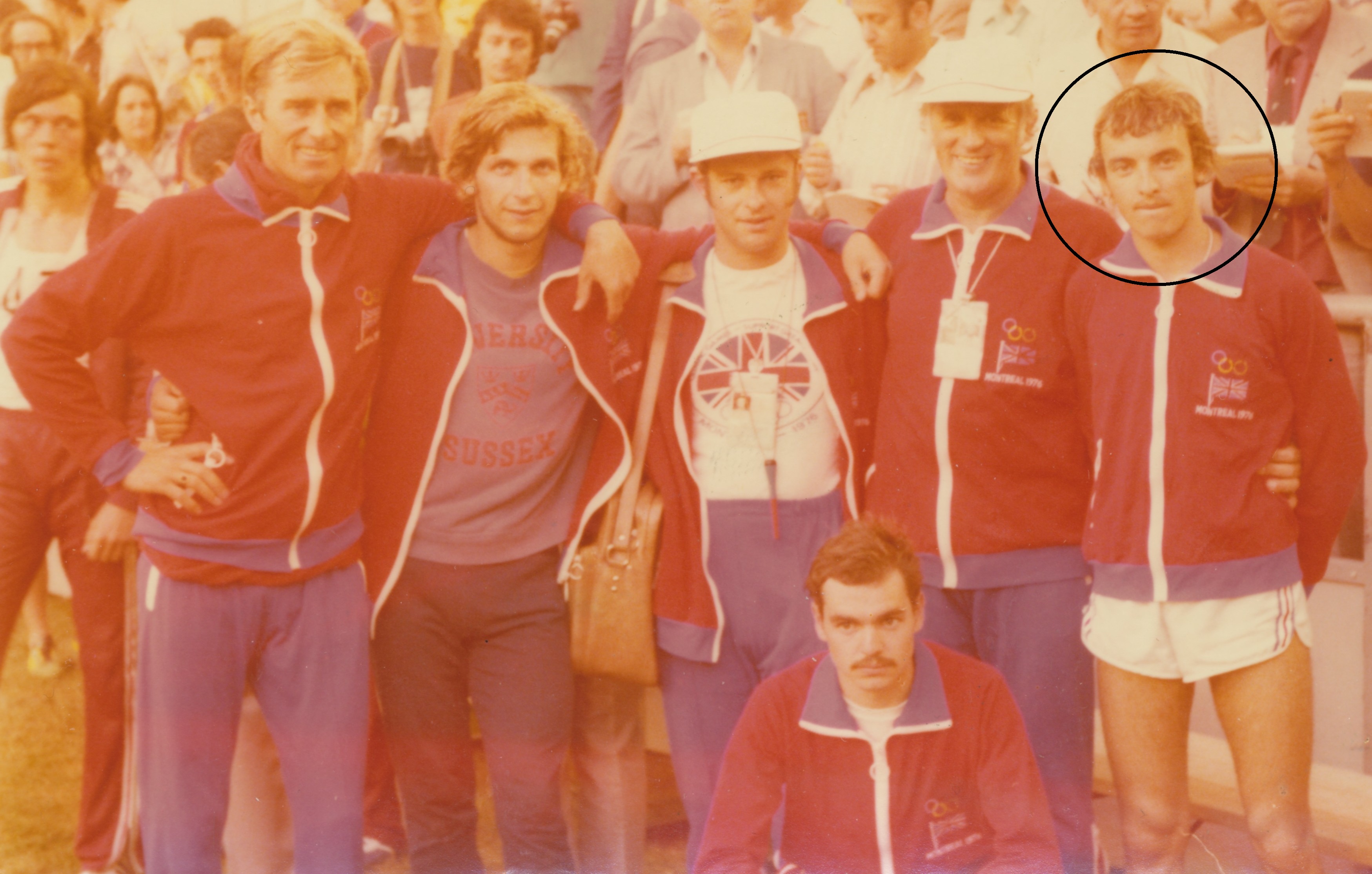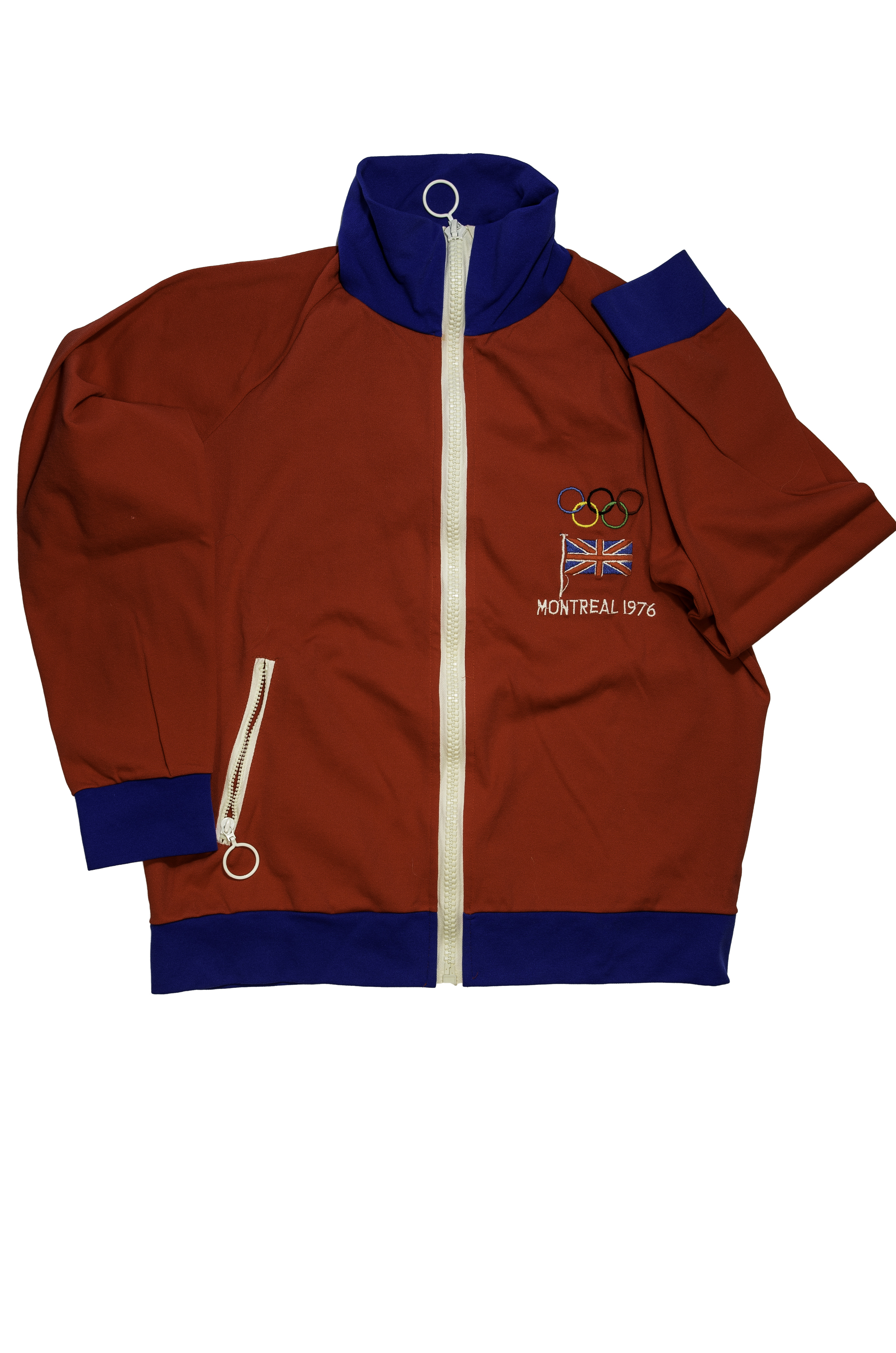Daniela De Angeli describes how her work with digitisation technologies and historical artefacts can help museums reach beyond the limits of the physical world.
1976 British Olympic team track suit jacket by BaCH on Sketchfab
Museums and other heritage organisations have increasingly been recognising digitisation as a tool for the preservation, management, analysis and study of physical objects. Moreover, recent advances in digital technologies also offer opportunities to make digital content accessible to a wider population in exciting new ways.
Alongside their physical collections, many museums now own a growing collection of digital assets (such as digital photos and 3D models), which have mostly been archived and are not commonly shared with the public as a matter of routine. However, the digitisation of historical artefacts is enabling a different kind of engagement; making digital copies of physical objects publicly available has the potential to facilitate and support different kinds of audience interaction. Visitors' experiences need no longer be limited to the physical space but may include the virtual world as well. For example, digital assets can be delivered through the Internet, 3D modelling and printing, augmented reality (AR) and virtual reality (VR).Using these methods the experience of visitors to a museum may be improved and expanded through the presentation of digital materials, while physical objects held in a small museum can be made globally available online.
For the past 6 years my research has included experimenting with different techniques to create 3D replicas of museum and heritage artefacts. I have tested low-cost photogrammetry techniques to develop 3D models of traditional clothes and marionettes from the collection of the New Mexico History Museum in Santa Fe, USA. The same approach was also used to make replicas of original furniture from The Georgia O'Keeffe Home & Studio. More recently in the UK I used the market-leader Artec 3D scanners to scan artefacts from the Roman Baths, the Holburne Museum and the Bath Royal Literary and Scientific Institution (BRLSI).

In collaboration with the University of Bath Library's Archives & Research Collections I scanned the tracksuit jacket worn by modern pentathlete Andy Archibald to compete at the Olympic Games in Montreal, Canada in 1976. Using Sketchfab technology we were able to enhance the 3D model of the jacket by adding explanatory information and contextual audio content before sharing it via the Internet. Bringing these elements together - a digitised copy of an historical artefact, accompanying textual information, recorded personal commentaries - and delivering them online has allowed us to explore the potential of partnerships between the heritage sector and emerging digitisation techniques.
